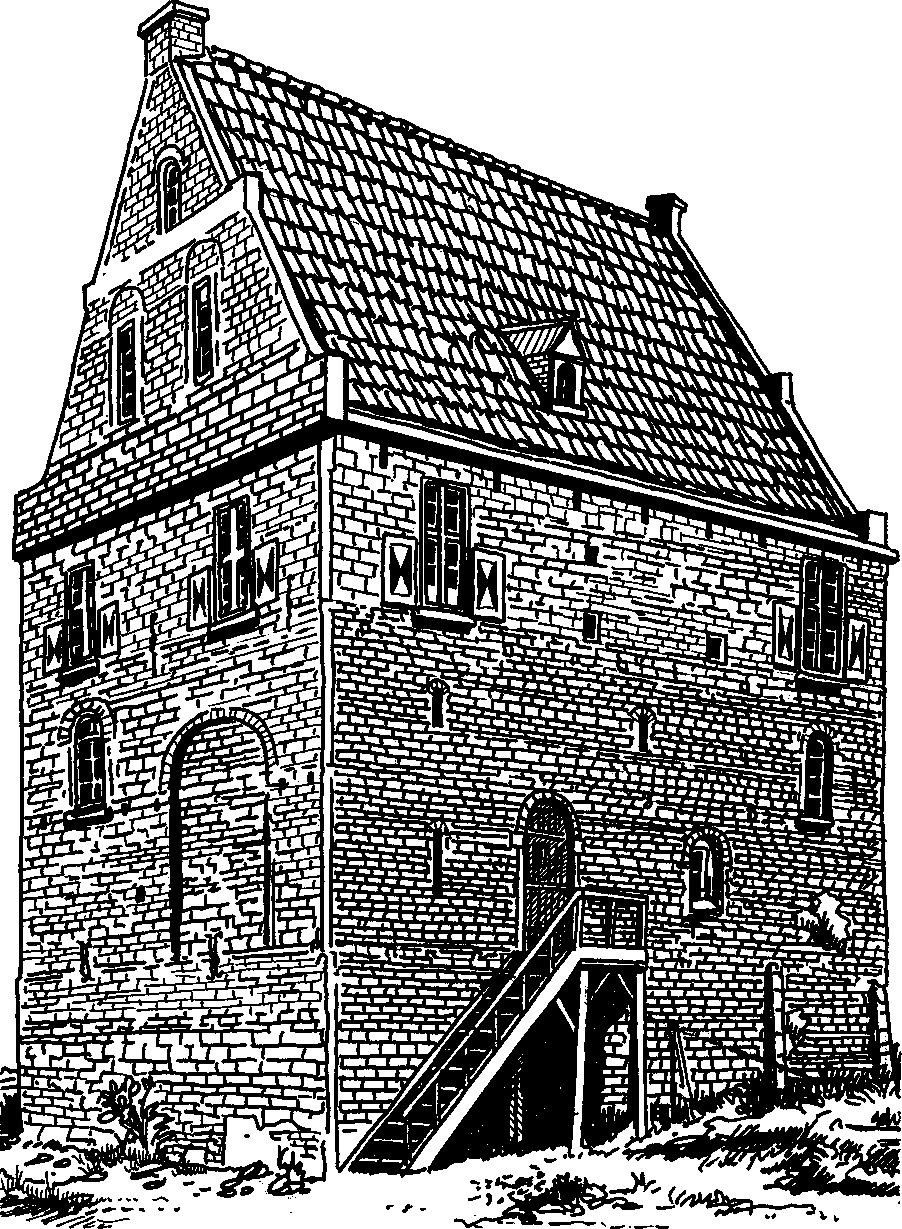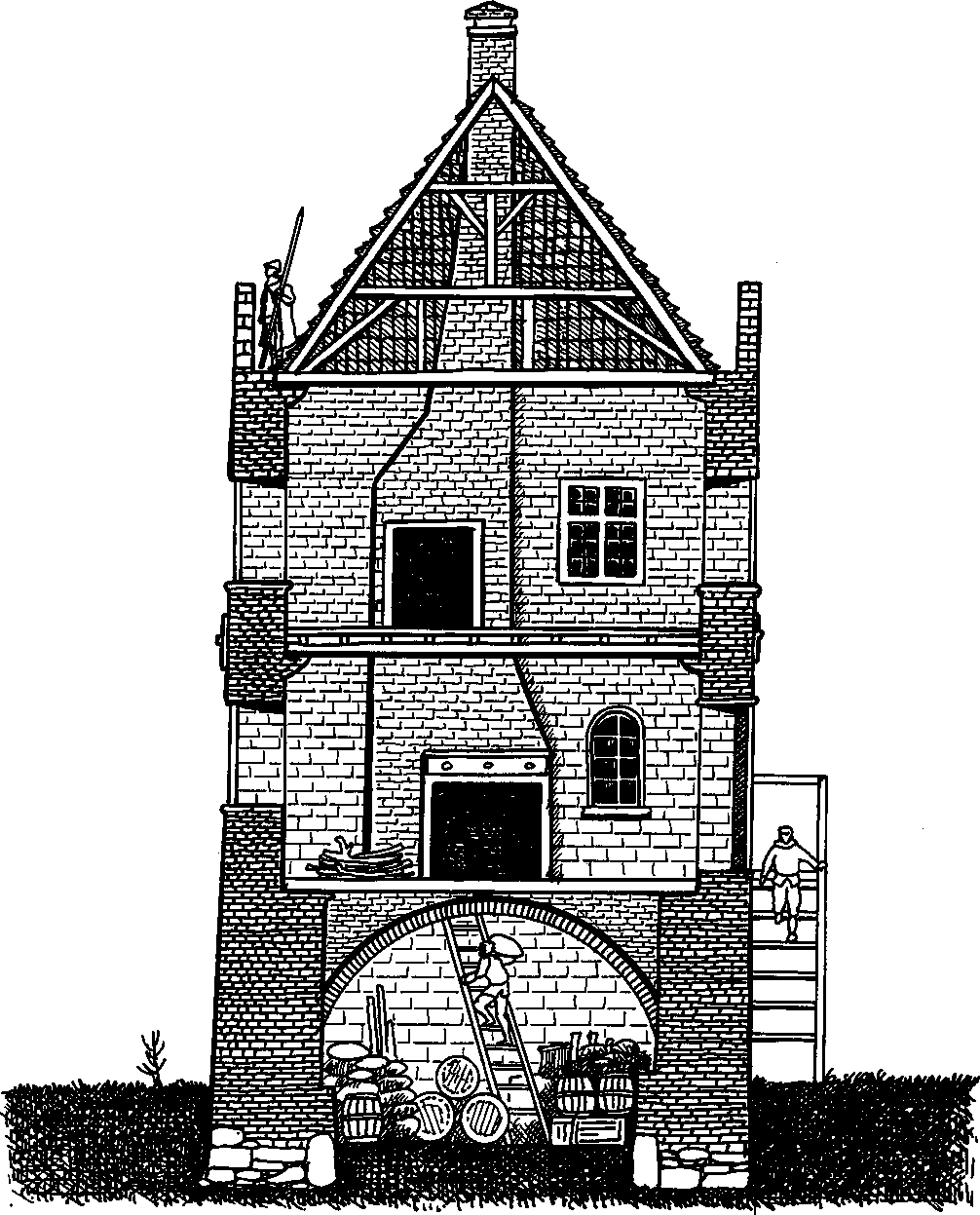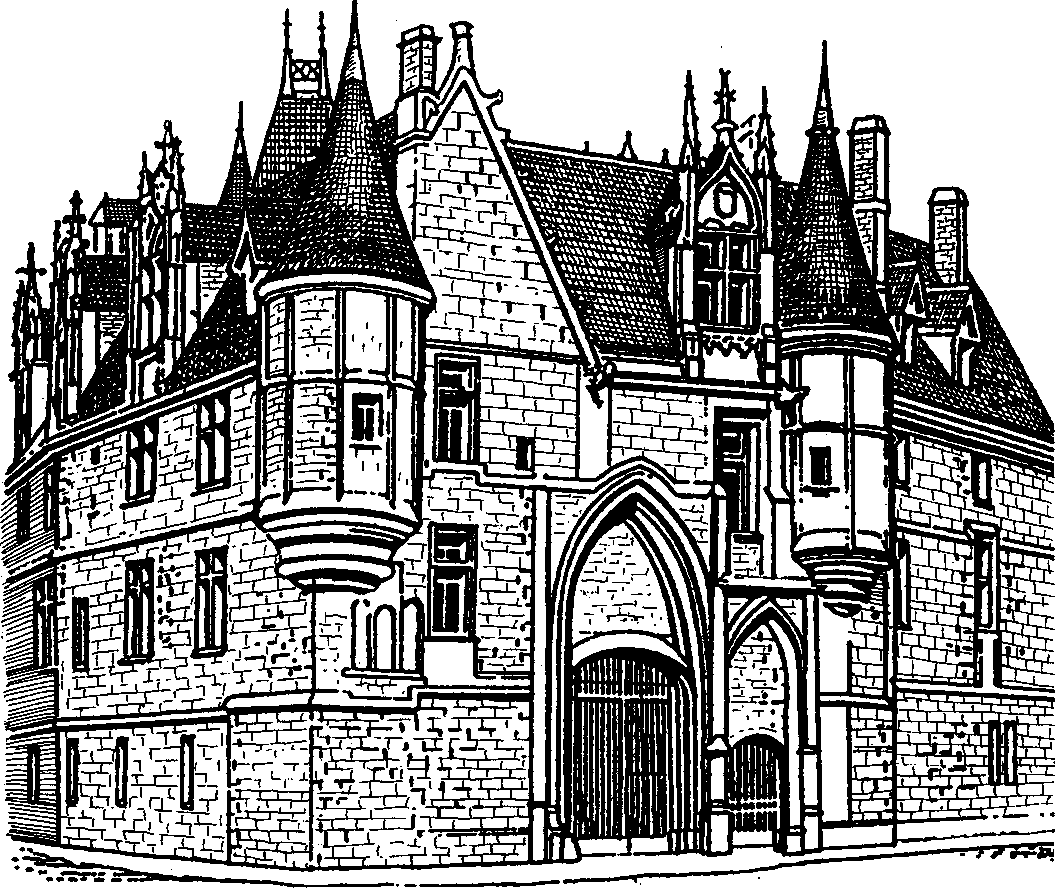From the 12th century onwards, towns and ports became again what they were in ancient Roman times: places of life, tools for the production and exchange of goods and service, as well as religious, cultural, industrial, political and administrative centers. However, in spite of their growth, medieval towns maintained rather small populations; a population exceeding 30,000 was large for the time.
Though it is very diflScult to know the exact number of citizens before the 15th century, the most populated
European towns were found in Italy. Milan and Venice, with probably 200,000 inhabitants each, and Paris with probably 100,000 were exceptionally large. Ghent and Bruges, the richest towns in Belgium, each counted about 50,000. London had 40,000, as many as Cologne, one of the most important German cities. Barcelona, capital of the kingdom of Catalonia in Spain, had about 35,000 inhabitants; Narbonne and Toulouse, important towns in southern France, each had about 30,000; Vienna, the capital of Austria, had only 20,000. Many towns counted only a few thousand inhabitants, many others even fewer.
Enclosed within their walls, cities developed without an urban plan. Unlike Roman settlements, which were

Dutch patrician stone house 9T6

Cross-section of a patrician stone house
Castles and Fortified Cities of Medieval Europe

Hotel de Clisson, Paris. The Hotel de Clisson, located at 58 rue des Archives (3rd ar-rondissement), was built in 1371 by constable Olivier de Clisson. Today only two pepper-pot turrets are preserved. The rest of the hotel is incorporated in the Hotel de Rohan and the National French Archives buildings.





 World History
World History









